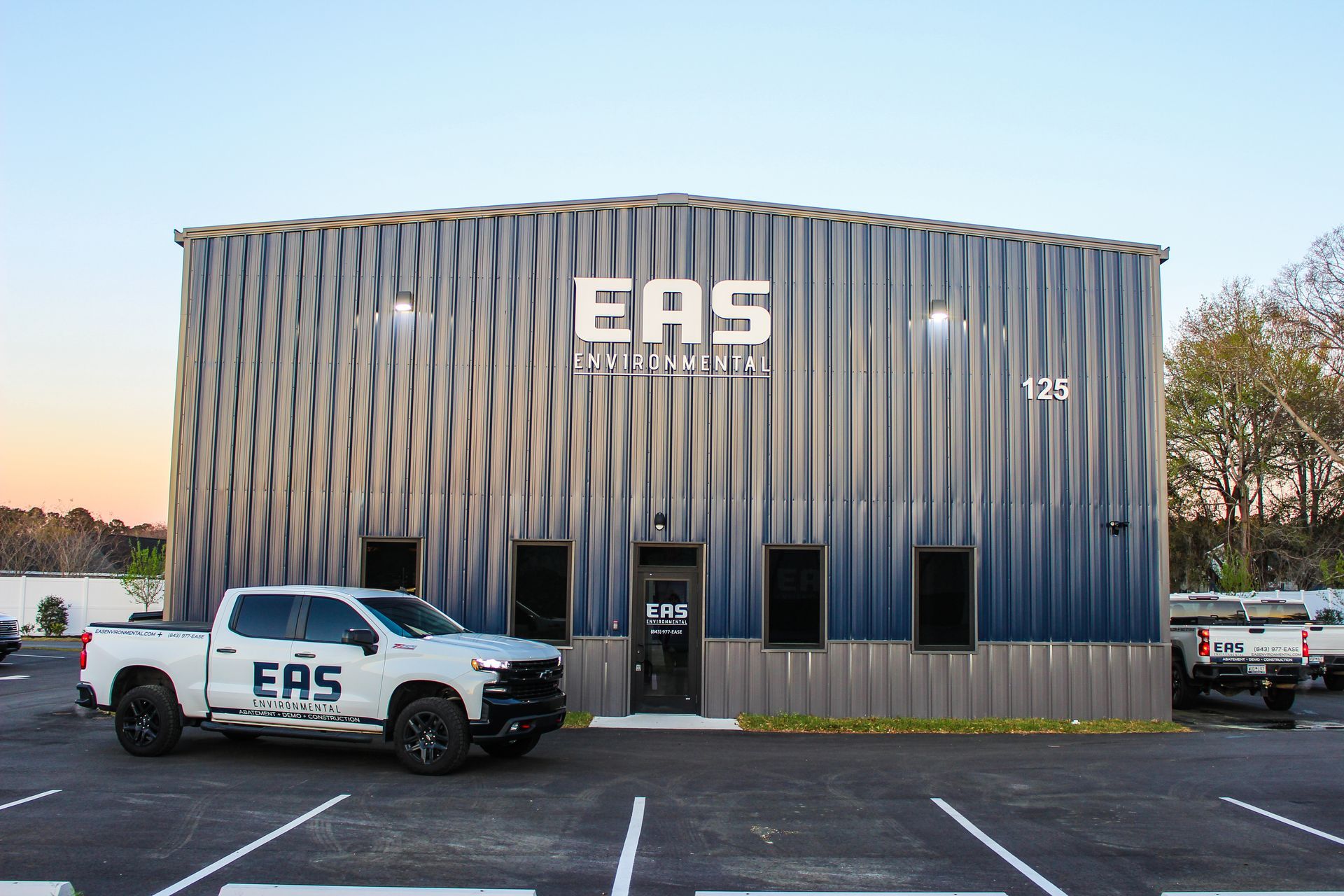
Curious about crawl space encapsulation? You've come to the right place. In this blog post, we'll dive into the world of crawl space encapsulation, exploring what it is, why it's important, and the benefits it brings to your home. Whether you're a homeowner looking to improve your indoor air quality or prevent moisture-related issues, understanding crawl space encapsulation is essential for maintaining a healthy and well-protected living environment.
Understanding Crawl Spaces
Crawl spaces are an often-overlooked area in many homes, but they play a crucial role in the overall health and stability of a house. Essentially, crawl spaces are shallow, unfinished areas located beneath the ground floor that provide access to plumbing, electrical systems, and other utility connections. They are typically found in houses that do not have a full basement or are built on a raised foundation.
Crawl spaces serve various purposes, including providing easy access to utilities and allowing for air circulation beneath the house. However, they can also be prone to issues such as moisture accumulation, mold growth, and pest infestations. These problems can potentially impact the structural integrity of the home and contribute to poor indoor air quality. Therefore, understanding crawl spaces and taking proactive measures to address their unique challenges is essential for maintaining a healthy and well-maintained living space.
Steps Involved in Crawl Space Encapsulation
Crawl space encapsulation is a process that involves sealing off and insulating the crawl space to create a controlled environment. By following specific steps, this technique helps mitigate moisture-related issues and improve the overall health of your home. Here are the key steps involved in crawl space encapsulation:
Inspection and Preparation: The first step is to assess the crawl space for any existing issues such as water leaks, mold growth, or pest infestations. These issues must be addressed before encapsulation. Next, the area is cleaned, removing any debris or loose insulation.
Moisture Barrier Installation: A vapor barrier, typically made of thick plastic or specialized materials like reinforced polyethylene, is installed over the crawl space floor and walls. This barrier acts as a protective shield, preventing moisture from seeping into the space. It is carefully sealed and secured to create an airtight enclosure.
Insulation and Ventilation: Insulation is then installed to enhance energy efficiency and temperature control in the crawl space. Depending on the climate, either closed-cell spray foam or rigid foam board insulation may be used. Proper ventilation is also crucial to prevent stagnant air and moisture buildup. Ventilation systems, such as exhaust fans or dehumidifiers, may be installed to regulate airflow and maintain optimal humidity levels.
By following these steps, crawl space encapsulation effectively reduces moisture infiltration, prevents mold growth, and improves the overall air quality in your home. It provides a clean, dry, and well-insulated crawl space that contributes to the comfort, durability, and energy efficiency of your living environment.
Considerations and Professional Assistance
When it comes to crawl space encapsulation, there are several considerations to keep in mind, and in many cases, it is advisable to seek professional assistance. While some homeowners may attempt a DIY approach, it's important to recognize that crawl space encapsulation involves specialized knowledge, equipment, and expertise.
One crucial consideration is the presence of existing issues such as water damage, mold, or pest infestations. These issues need to be properly addressed before encapsulation can take place. Professional contractors have the experience to identify and remediate such problems, ensuring a clean and healthy environment for encapsulation.
Another consideration is the selection of appropriate materials and techniques for your specific crawl space conditions. Professional contractors can assess the unique needs of your crawl space and recommend the best encapsulation solutions tailored to your home. They have access to high-quality materials and can expertly install vapor barriers, insulation, and ventilation systems to ensure long-lasting and effective encapsulation.
Seeking professional assistance also provides the benefit of warranty coverage. Reputable contractors typically offer warranties on their work, giving you peace of mind and protection against any potential issues that may arise in the future.
In conclusion, while there are considerations to take into account, enlisting the help of professional contractors for crawl space encapsulation is a wise decision. Their expertise, ability to address existing issues, and access to quality materials will ensure that the encapsulation process is performed correctly and effectively, promoting a healthier and more comfortable living environment for you and your family.
FAQs
Contact EAS Environmental Today!
EAS Environmental will do everything we can to ensure your experience with us is excellent.
Request A FREE Estimate
Request a Free Estimate Form
Checkout Recent Post




Got a Question? We’re Here to Help.
You can arrange an appointment or make an enquiry by phone or email, orget in touch to us via our contact form.

